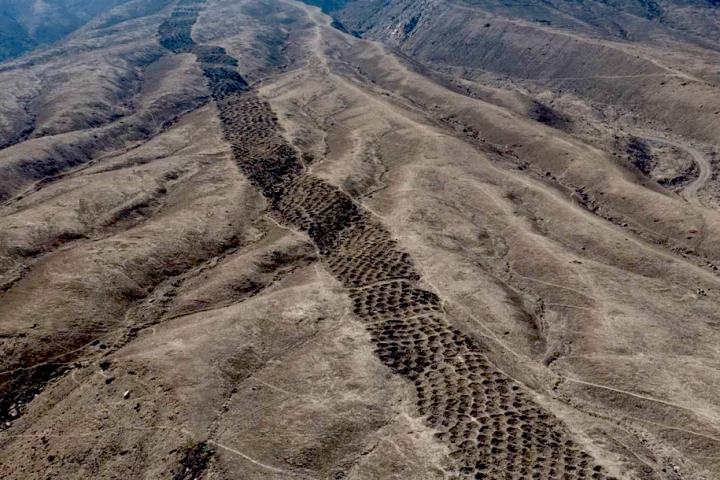From military shelters and solar arrays to batteries and drones, engineers continue to prove that origami can be the inspiration for more than just paper cranes. The latest creation inspired by the ancient art of paper folding is a new "zippered tube" design that forms paper structures with enough stiffness to support weight, but can be folded flat for shipping or storage.
Designed by researchers from the University of Illinois at Urbana-Champaign, the Georgia Institute of Technology and the University of Tokyo, the zipper tube relies on an origami technique called Miura-ori folding. This is a method where zig-zag creases on a sheet of paper allow it to fold into an extremely small area
Individually, pieces of paper with Miura fold creases are highly flexible and can be folded flat, but by gluing two of them together, the researchers created a tube that is stiffer and doesn't fold in as many directions. Then, by interlocking two tubes in a zipper-like way resulted in a structure that is much stiffer and more difficult to twist or bend.

"The geometry really plays a role," says Georgia Tech professor Glaucio Paulino."We are putting two tubes together in a strange way. What we want is a structure that is flexible and stiff at the same time. This is just paper, but it has tremendous stiffness."
The crease patterns of a Miura fold form a zigzag of parallelograms and the angle can vary between different sheets. The researchers say the zipper configuration will work even with two tubes that have different angles, which allows them to combine tubes with different geometries to make three-dimensional structures, such as a canopy or a tower.
"The ability to change functionality in real time is a real advantage in origami," adds Illinois graduate researchers Evgueni Filipov. "By having these transformable structures, you can change their functionality and make them adaptable. They are reconfigurable. You can change the material characteristics: You can make them stiffer or softer depending on the intended use."
Although the researchers demonstrated the technique using paper prototypes, they say it could also be applied to other thin materials, such as plastic and metal. Additionally, the technique is scalable and could be used in anything from microscopic robots and biomedical devices, to buildings and bridges.
"All of these ideas apply from the nanoscale and microscale up to large scales and even structures that NASA would deploy into space," says Paulino. "Depending on your interest, the applications are endless. We have just scratched the surface. Once you have a powerful concept, which we think the zipper coupling is, you can explore applications in many different areas."
And further exploration is what the researchers plan to do, by examining new combinations of tubes with different folding angles and applying the technique to different materials.
The team's work was published in the Proceedings of the National Academy ofSciences.




